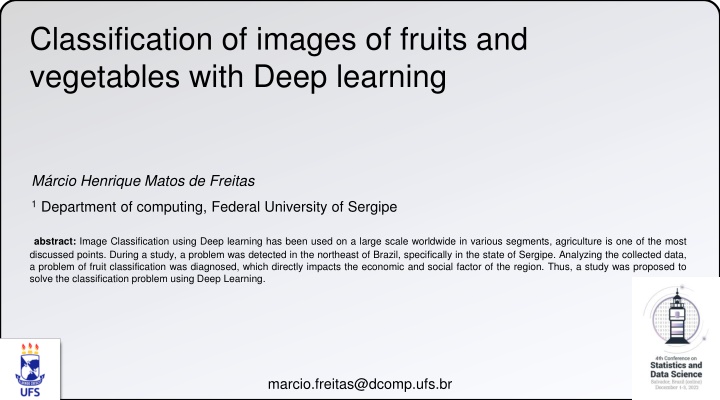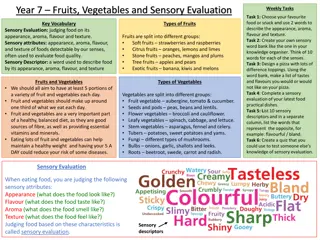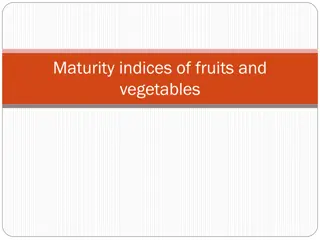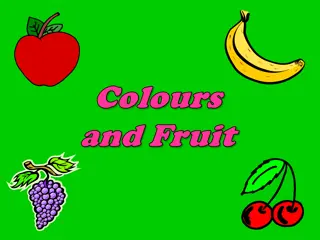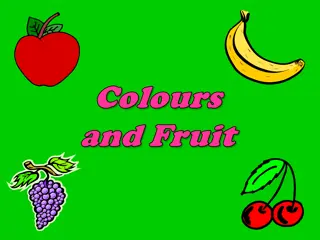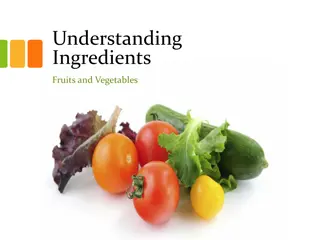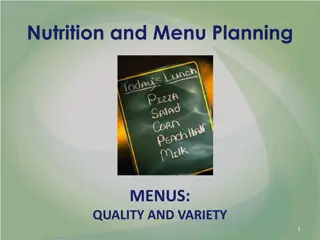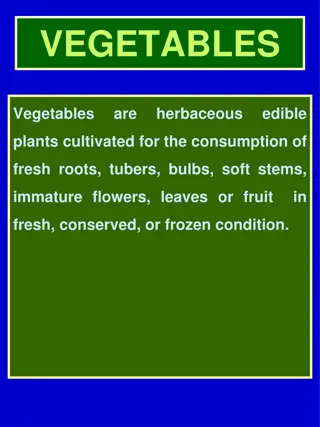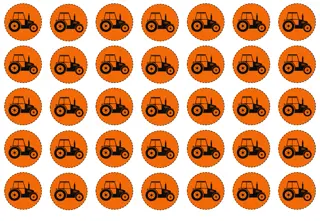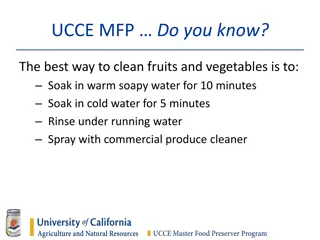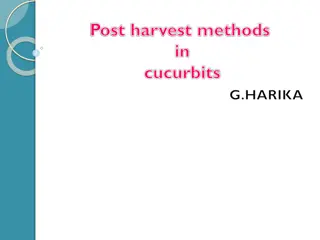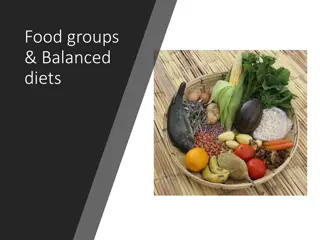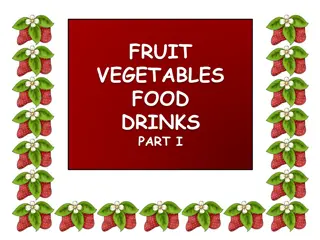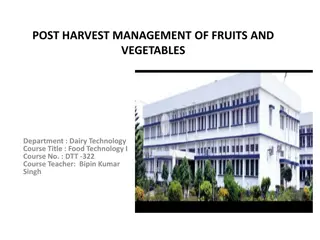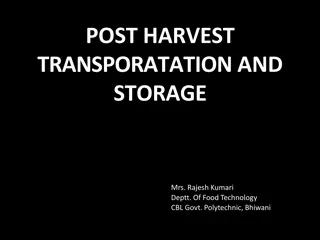Classification of Fruits and Vegetables with Deep Learning in Sergipe
Image classification using Deep Learning was employed to tackle the issue of fruit misclassification impacting agriculture in Sergipe, Brazil. The study aimed to understand the causes of fruit loss, train neural networks for sorting, and evaluate classification accuracy to address production challenges in the region.
Download Presentation

Please find below an Image/Link to download the presentation.
The content on the website is provided AS IS for your information and personal use only. It may not be sold, licensed, or shared on other websites without obtaining consent from the author.If you encounter any issues during the download, it is possible that the publisher has removed the file from their server.
You are allowed to download the files provided on this website for personal or commercial use, subject to the condition that they are used lawfully. All files are the property of their respective owners.
The content on the website is provided AS IS for your information and personal use only. It may not be sold, licensed, or shared on other websites without obtaining consent from the author.
E N D
Presentation Transcript
Classification of images of fruits and vegetables with Deep learning M rcio Henrique Matos de Freitas 1Department of computing, Federal University of Sergipe abstract: Image Classification using Deep learning has been used on a large scale worldwide in various segments, agriculture is one of the most discussed points. During a study, a problem was detected in the northeast of Brazil, specifically in the state of Sergipe. Analyzing the collected data, a problem of fruit classification was diagnosed, which directly impacts the economic and social factor of the region. Thus, a study was proposed to solve the classification problem using Deep Learning. marcio.freitas@dcomp.ufs.br
Problem, Data, Previous Works A loss rate of fruits and vegetables wasidentified and, consequently, a drop in the production of the Sergipe branch, thus emerged the need to understand the state that could be, hence the factof investigating such an event, where is the failure? in the process of separating the planting area?, in the manual harvesting process and ranking? (part of the process done in the field) . The lack of contribution Classification enough for an occurrence of loss and consequences in the harvest, this process is the separation of products into their batches. These money ads fruits, has an impact that can be seen in the market, having vegetables northeast is one of the main producers of this type of food in Brazil. At the national level, Sergipe is considered the fourth citrus producer, with a production of approximately 840thousand tons of fruits, with the largest amount of oranges with 822thousand tons in 56.3 thousand hectares, followed by lemons (acid limes) 10with 11 thousand tons in 857hectares and tangerines with 6.5thousand tons in 420hectares Fonte:IBGE , Produ oAgr cula ,2019 Specific objectives of this study are to: Understand the task of sorting fruits and vegetables. Train an artificial neural network to classify fruits and vegetables from of images. Evaluate the accuracy of the artificial neural network in the classificationof fruits and vegetables. marcio.freitas@dcomp.ufs.br
Methods The implementation of the DL algorithms for sorting fruits and vegetables, using the python programming language. The resulting dataset was then divided into training(70 percent)/test(20 percent)/validation(10 percent) subsets in the usual. Several classification experiments were conducted and the results were compared for the scenario. In the problem addressed, the categorical cross-sectional sparse function was used. tropy, generally used to solve problems that have multiple classes. Tensorflow is an open source framework, that is, a set of libraries , applications, open source APIs for working with machine learning, com numerical computation, which helps in the construction of flows of operations that are the basis for deep learning models. Supervised Learning, It is a relationship between input and output data, where the dataset contains the labeled examples that you want to classify, so the algorithm observes these labels of input and calculates the probability that input belongs to the output. marcio.freitas@dcomp.ufs.br
Results and Conclusions TRAINING DURATION LOSS FUNCTION REDE EPOCH ACCURACY Fruits- 360 14 2:35 95.3 0.1377 In this work, a Deep Learning model was built. for the resolution of the classification problem of Fruits, Vegetables in Agriculture. To bring results that can be used in current and future work on the theme and finally meet the points that were raised in development throughout job. it was verified that the learning rate reached 95% of correct answers. This is a scoring function optimization to verify the relationship between test and validation data. That function is known as the loss function, ideally, as the accuracy of training increase, the loss function decreases. marcio.freitas@dcomp.ufs.br
